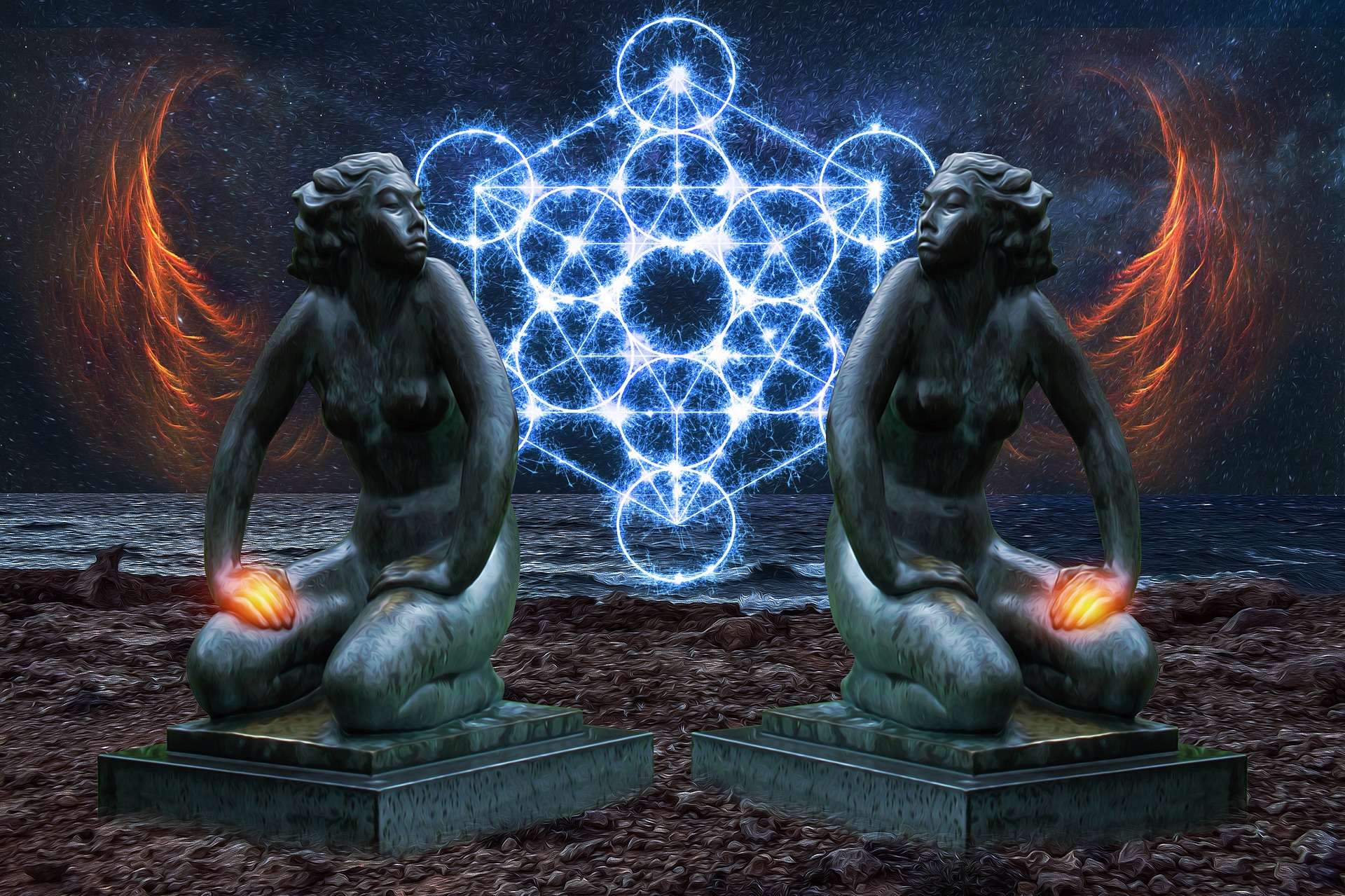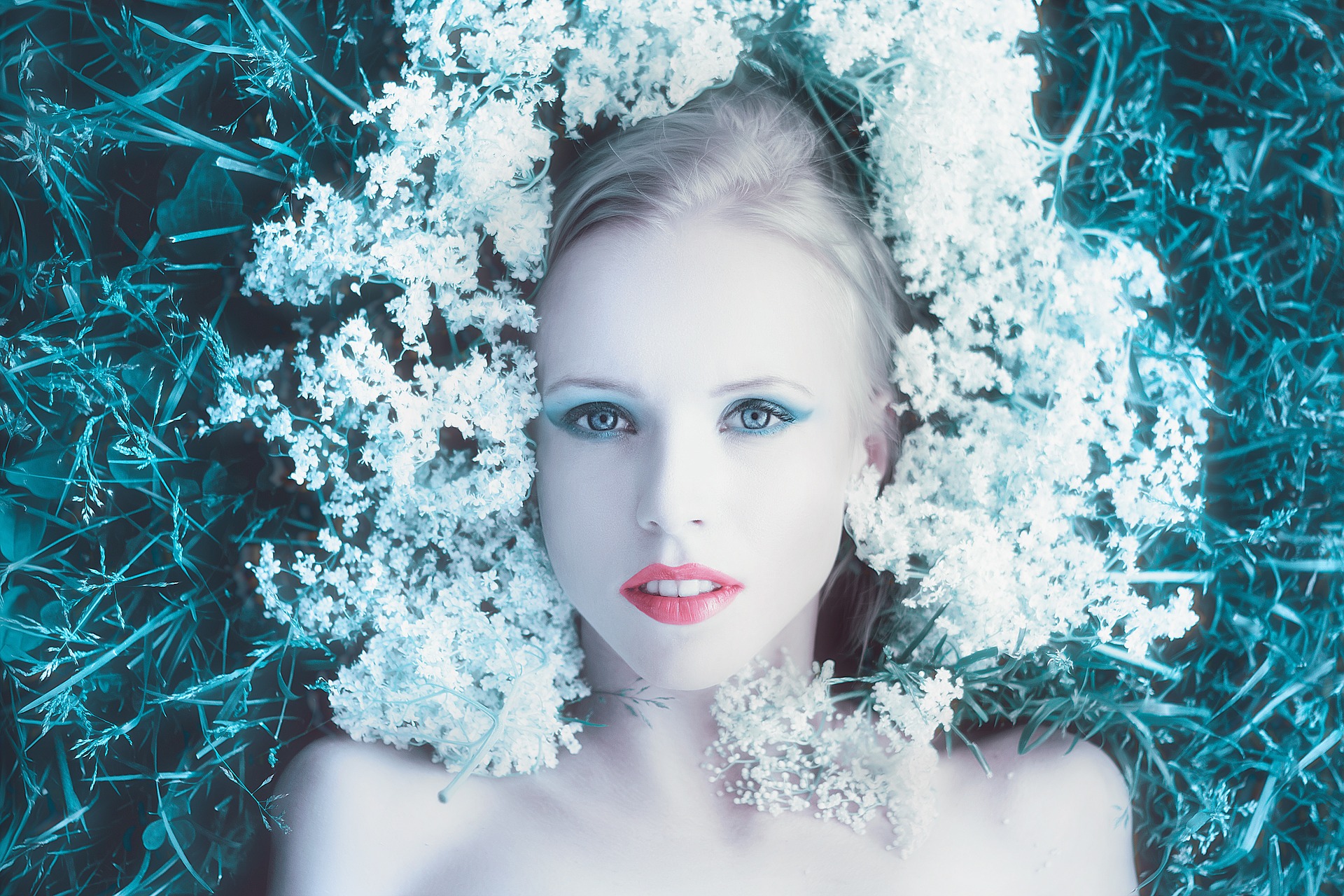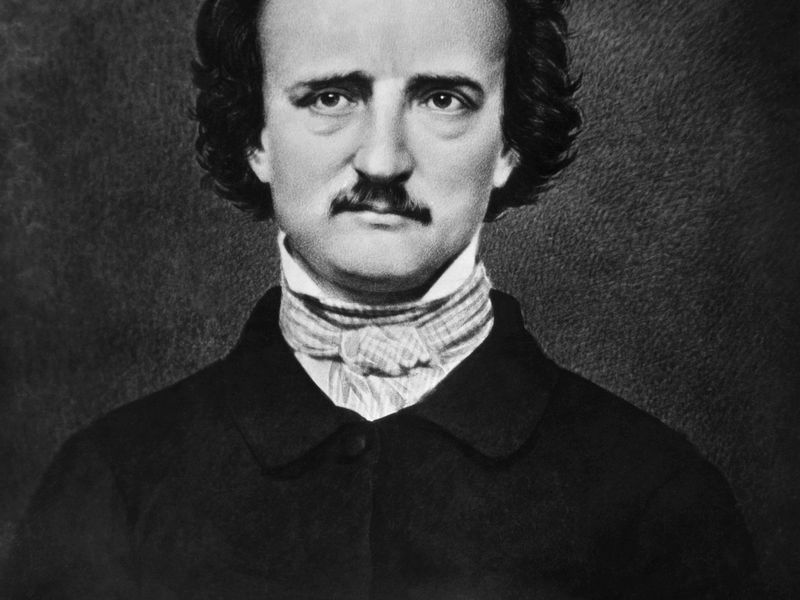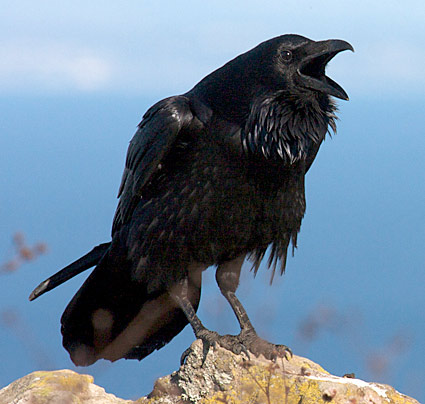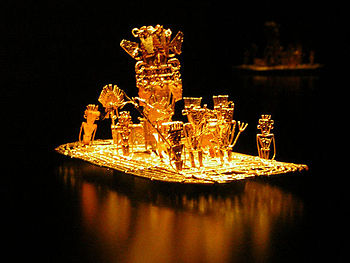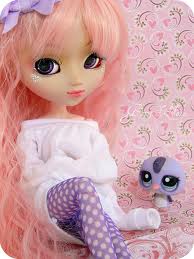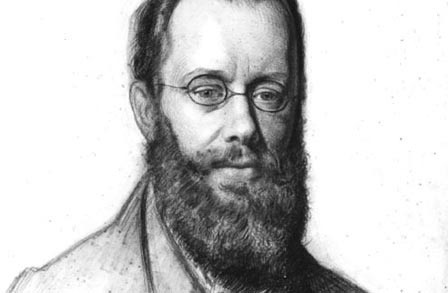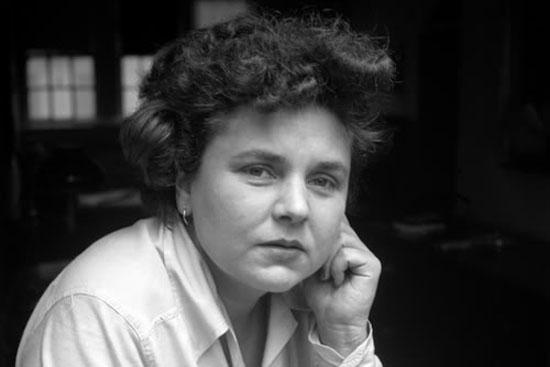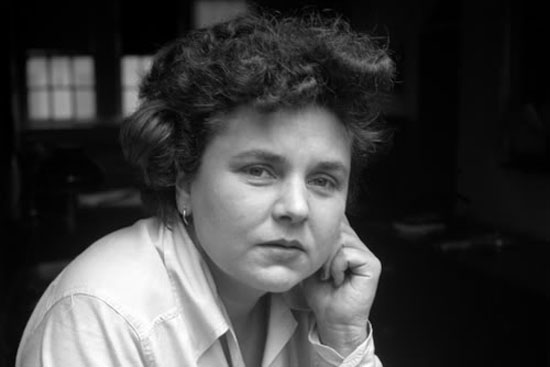Edgar Allan Poe- As we learn about the poet and story writer Edgar Allan Poe, we are not surprised to perceive his impact on literature even today. In his short-lived life of 40 years, he has produced some ever-inspiring work like ‘The Raven’ and ‘The Tell-Tale Heart’. Poe was born in 1809 and was orphaned in early childhood. The sudden demise of her mother left a vague effect on the child’s mind and this influence is reflected in his later works where he tends to unleash the mysteries of Gothic Literature pertaining to Heaven and Hell, God and Satan. In 1831, Poe got popularised on the basis of freshness in his works brought in by the introduction of Dark Romanticism through Gothic Literature. With the burial of his young wife, Poe was devastated and felt back solely on writing poems. His wife’s ill-health conditions had a sore impact on the poet’s life. Poe was an American poet and an adopted child to the Allan family. John Allan, his father was strict and steadfast whereas his mother brought him up with utmost affection. Since childhood, he was fond of all female personas in his life but ironically all his lovely ladies were consumed by tuberculosis one by one. The impact of death and misery has reflected in his works as well. He was also appreciated for his works in the detective genre. ‘The Raven” is one of his most astonishing works. He was social, and convivial with all the manners of a southern gentleman.
Setting of Sonnet – To Science-
The poem is written in the peak of the romantic movement in America when the shift of industrialisation from the European countries moved towards the United States. The poets like Poe were ruffled by such developments and unable to adjust with the slightest metaphorical arrest caused due to the awareness in Science. They were not only amazed by the inventions but they also didn’t quite involve themselves with the change in surroundings. They feared that they might lose their importance in future.
Poetic devices in Sonnet- To Science-
Personification: Science is compared to a vulture.
Metaphor: Science is a true daughter of the old time.
Allusion: Reference to Greek mythological creatures.
Style-
The poem is written in a traditional form called the sonnet with three quatrains and one couplet. It consists of fourteen lines in iambic pentameter. Each line consists of five iambs followed with one stressed and unstressed syllable. The pattern included in this poem is ABABCDCDEFEF and GG.
Summary of Sonnet – To Science-
Science has existed in the past for many years but never before was it mingled with the nature. Science has existed from the time of evolution and there is no way it can be dismissed. The matter of concern of the poet is the his fear of enduring science without poetry. The disparity between the two elements has flung the poet in insecurities. The industrialisation phase has tended to replace myths with logic and answering relevant theories of mystical nature. The poet wants to be left alone “wandering” under the night sky without the obstruction caused by the bird “Vulture.” Science was not to be seen through the lens of advancement or improvement, rather a hindrance that would make the present seem unnatural. The poet considers poetry to be soaring high with courage and resolution whereas Science as a predator is trying to keep the poetry grounded in realities. The poet uses allusion to mention mythological creatures like Diana, Hamadryad, Naiad, and Elfin to enhance the pleasant history of Greeks. The poet feels that science would uproot these oddities and make way for far more reasonable theories. The poet is undecided to take science as an imagery. He wants science to not leave its own realm of the invention to overshadow the other natural and sympathetic elements. The poet in the last line tries to imagine, would he be able to dream freely after involving science in poetry. The poem is a common reaction to feel the hindrance in their way to produce a work. The readers might not as well buy the news of imaginative content when science is already doing the work. The poet sees science as a vulture who will already reach the stars before a poet could ravish and experience the poetry fully.
Critical Analysis of Sonnet – To Science-
Many times, there arises a conflict between Nature and Science and creativity ends up suffering the most. The poet laments the interference of science with the mystery of nature. He fears that logic will disrupt the beauties of imagination and poets will lose hope from the source of inspiration. Poe is sure that nature and logic cannot be treated the same. The two elements tend to oppose each other and Science has every possibility to triumph because it nullifies any mystery built in from many years. The poet says Science diminishes our imaginative senses, thereby, producing “dull realities.” The poet cannot see Science interacting with the myths and mysteries. Science is narrowing the concepts of nature into realities which have lost touch with the essence of imagination.
Tone of Sonnet – To Science-
The tone of the poem is hesitant to the inevitable and fatal change brought up by Science in the lives of poets with a romantic aura. The poem looks more of a rhetorical question asked in a manner stating that Science and Nature cannot go hand in hand. The elements of Science are rather more physical than imperative.
Conclusion- The poem is a mere reaction to the introductory phenomenon of science, and the poet is merely conveying his emotions that he might not be able to continue conveying them freely due to the barriers created by Science. Poe is usually criticised for his half thinking and biased acknowledgement for science. He does not refer to the benefits that science has contributed to help the society. However if one goes back to the late 19th century, this poem can be appreciated for its wonderful combination of ideas.
Some online learning platforms provide certifications, while others are designed to simply grow your skills in your personal and professional life. Including Masterclass and Coursera, here are our recommendations for the best online learning platforms you can sign up for today.
The 7 Best Online Learning Platforms of 2022
- Best Overall: Coursera
- Best for Niche Topics: Udemy
- Best for Creative Fields: Skillshare
- Best for Celebrity Lessons: MasterClass
- Best for STEM: EdX
- Best for Career Building: Udacity
- Best for Data Learning: Pluralsight


